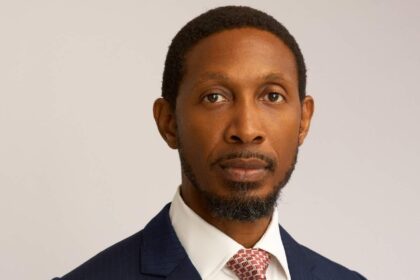At a Glance
- Nigeria leads Africa with over 230 million people amid security and economic challenges.
- Sub-Saharan countries drive Africa’s growth, fueling urbanization and demographic transformation.
- Egypt, Ethiopia, and DRC anchor North and East Africa’s rising population trends.
Africa is the world’s fastest-growing continent, home to over 1.4 billion people and projected to double its population by 2050.
This remarkable demographic surge is reshaping economies, societies, and the balance of global influence.
Sub-Saharan Africa, in particular, is driving this growth, with nations like Ethiopia, the Democratic Republic of the Congo, and Tanzania recording some of the highest fertility rates on the planet.
Rapid urbanization, a rising youth population, and persistent development challenges converge across the region.
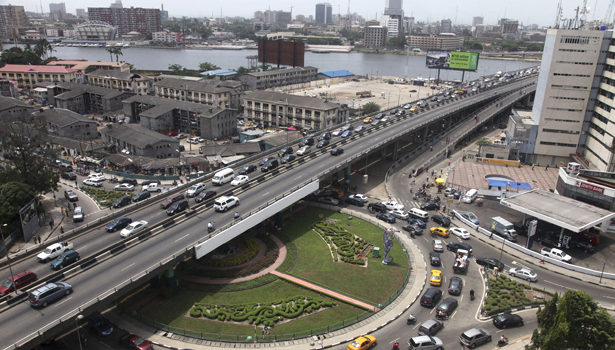
While North African nations such as Egypt and Algeria also contribute significant numbers, Sub-Saharan Africa remains the epicenter of Africa’s population boom.
This demographic reality offers immense opportunities for economic transformation, innovation, and a dynamic labor force.
However, it also presents complex challenges, including pressures on infrastructure, education, healthcare, and social cohesion.
Understanding Africa’s most populous countries provides crucial insight into the continent’s evolving landscape and the forces shaping its future.
Shore Africa spotlights 25 most populous African countries accounting for the vast majority of the continent’s people, from Nigeria, with more than 230 million inhabitants, to Somalia and Chad, each approaching 18 million.
1. Nigeria
Estimated population: 230 million
Nigeria is Africa’s most populous country with over 230 million people, with Muslims forming about 54 percent of the population and Christians around 46 percent. Armed groups have attacked police stations and government buildings in states in Nigeria’s southeast, which authorities often blame on the proscribed separatist Indigenous People of Biafra (IPOB) group. There is an Islamist insurgency in the northeast and violent sectarian and herder-farmer clashes in the central region.
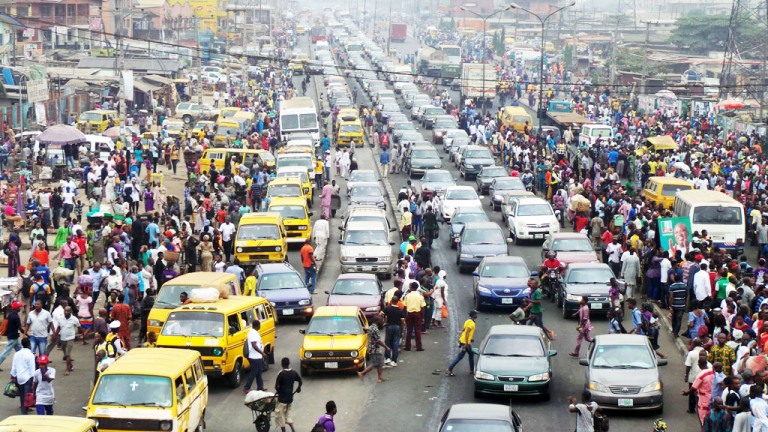
2. Ethiopia
Estimated population: 128.7 million
Ethiopia is Africa’s second most populous country, home to about 129 million people. The nation is predominantly Christian, with Islam also widely practiced. Ethiopia has faced prolonged conflict in Tigray, where fighting between federal forces and Tigrayan rebels displaced millions and caused a humanitarian crisis. Ethnic tensions also simmer in several other regions.
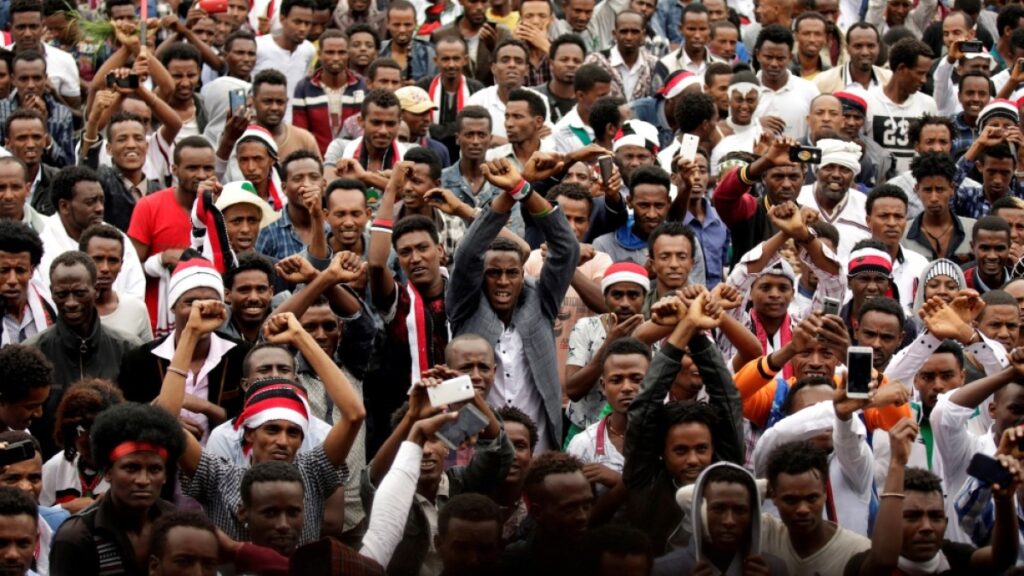
3. Egypt
Estimated population: 114.5 million
Egypt has over 114.5 million people, making it the Arab world’s most populous nation. The majority are Sunni Muslims, with a Coptic Christian minority. The country has grappled with Islamist insurgency in North Sinai and periodic political unrest since the 2011 uprising that toppled Hosni Mubarak.
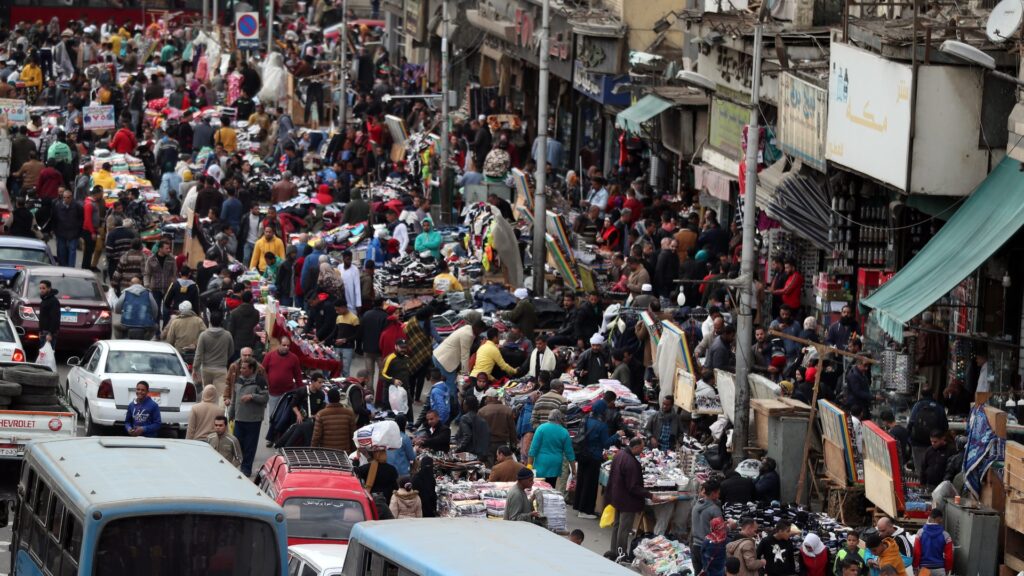
4. Democratic Republic of the Congo (DRC)
Estimated population: 105.8 million
The DRC has a population exceeding 105.8 million, with hundreds of ethnic groups and over 200 languages spoken. Decades of conflict in the east have displaced millions, driven by armed groups vying for control over mineral-rich territories.
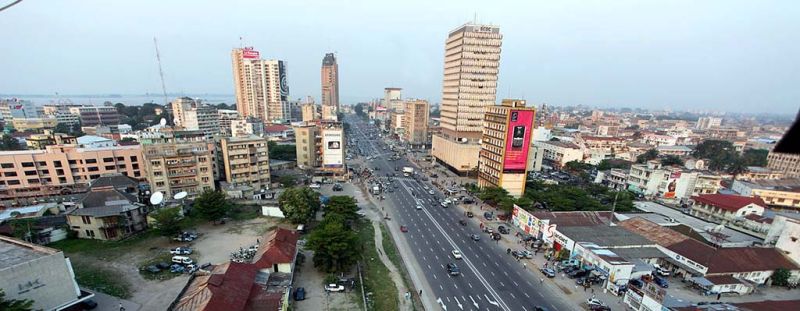
5. Tanzania
Estimated population: 66.62 million
Tanzania is home to about 66.62 million people. The nation is religiously diverse, with Christians and Muslims making up most of the population. It has largely avoided the violent conflicts seen in some neighbors, maintaining relative stability.
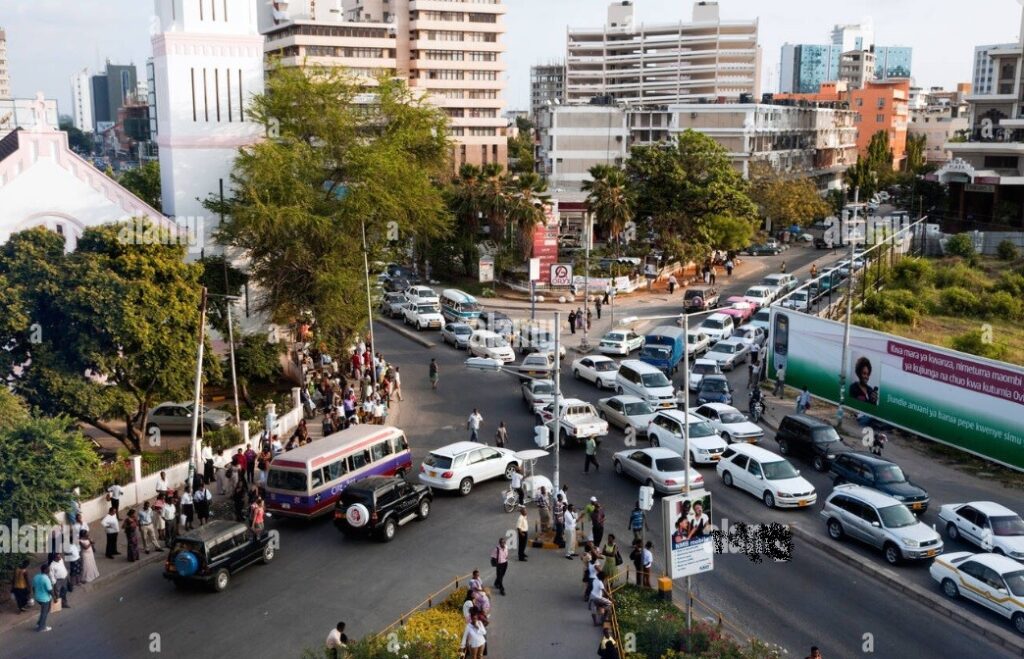
6. South Africa
Estimated population: 63.21 million
South Africa has 63.21 million people and is Africa’s most industrialized nation. The country faces high levels of inequality, crime, and periodic unrest. The economy struggles with unemployment exceeding 30 percent.

7. Kenya
Estimated population: 55.34 million
Kenya has a population of about 55.34 million. Predominantly Christian, the country has faced periodic electoral violence and a threat from Somalia-based al-Shabaab militants, who have carried out attacks in northeastern Kenya.
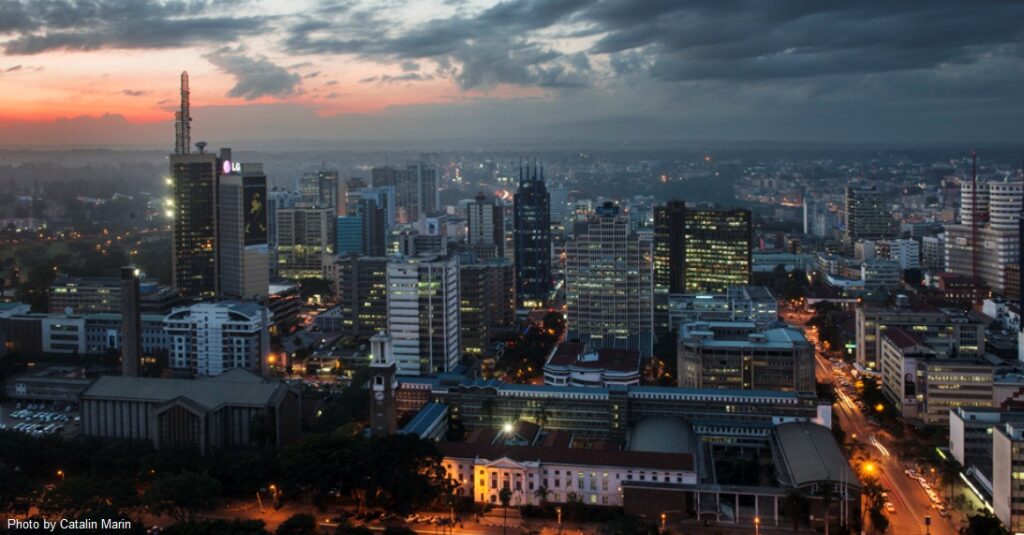
8. Sudan
Estimated population: 50.04 million
Sudan has about 50.04 million people, mainly Sunni Muslims. The country plunged into civil war in 2023 between rival military factions, triggering a massive humanitarian crisis and displacing millions.
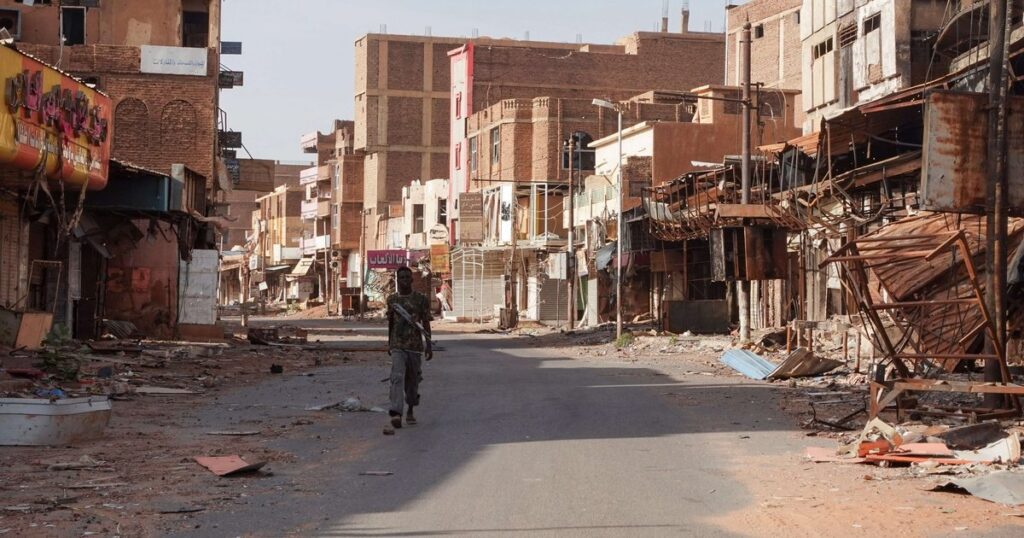
9. Uganda
Estimated population: 48.66 million
Uganda is home to 48.66 million people, mostly Christians. The country has grappled with security challenges, including attacks by the Allied Democratic Forces in the west and tensions over political freedoms under President Yoweri Museveni’s long rule.
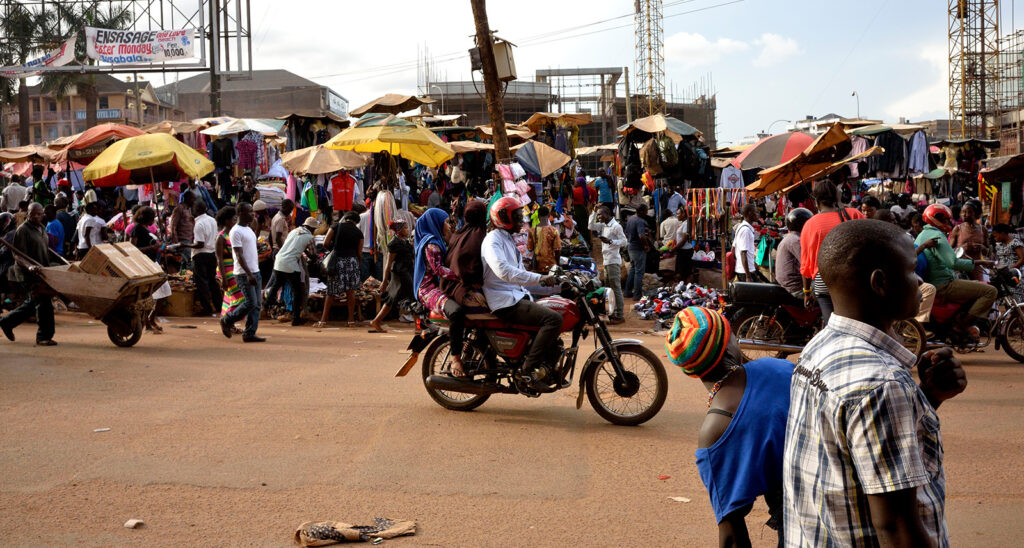
10. Algeria
Estimated population: 46.16 million
Algeria has 46.16 million people, nearly all of whom are Sunni Muslims. The country experienced a brutal civil war in the 1990s and continues to face sporadic militant attacks. Economic challenges persist due to heavy reliance on oil and gas.
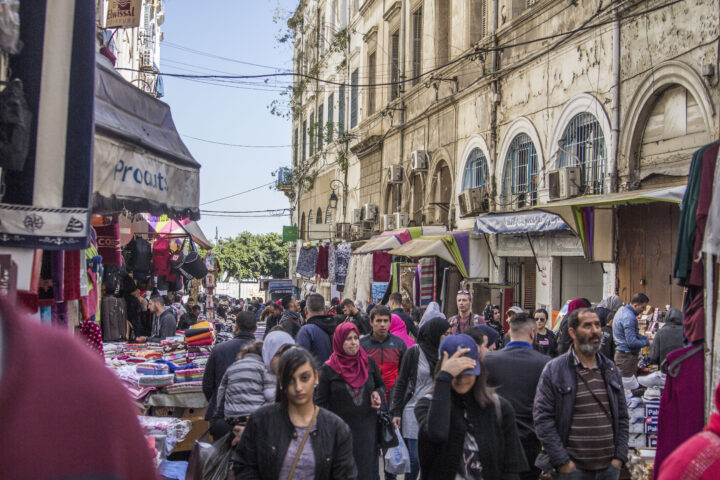
11. Morocco
Estimated population: 37.71 million
Morocco is home to 37.71 million people, predominantly Sunni Muslims. The kingdom has maintained political stability but faces social pressures over unemployment and Western Sahara, a disputed territory claimed by the Polisario Front.
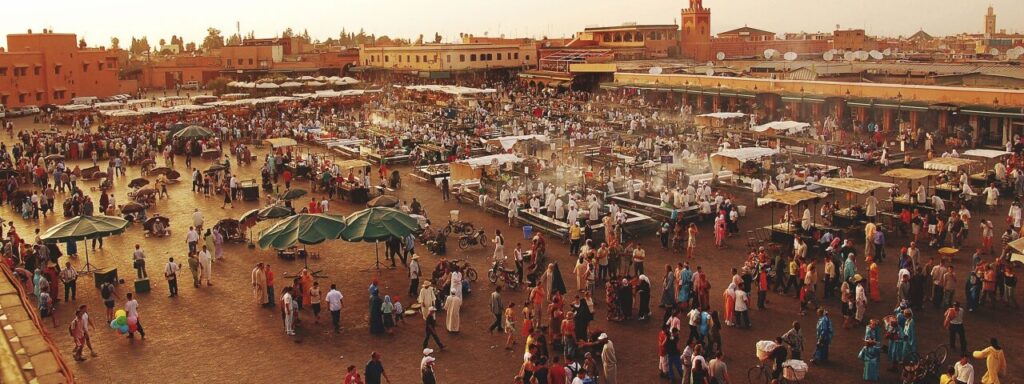
12. Angola
Estimated population: 36.75 million
Angola has about 37 million people. The country emerged from a 27-year civil war in 2002 and is rebuilding its infrastructure. Despite oil wealth, many Angolans live in poverty.
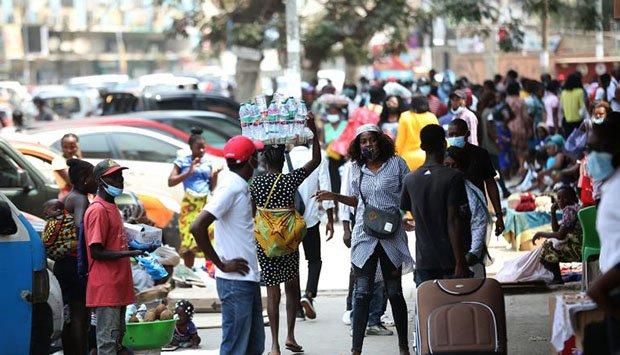
13. Ghana
Estimated population: 33.79 million
Ghana is home to 34 million people, mainly Christians. It is often cited as a stable democracy in West Africa, though it faces economic challenges, including high debt and inflation.
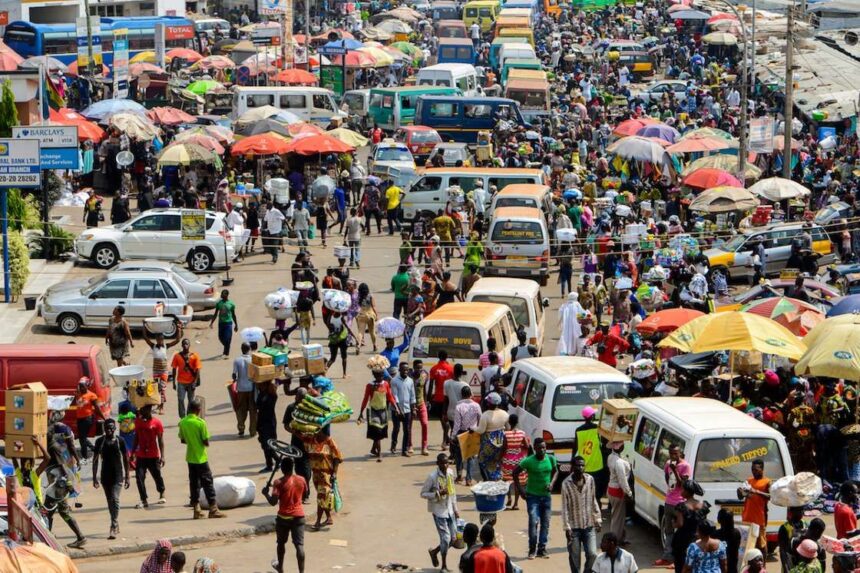
14. Mozambique
Estimated population: 33.64 million
Mozambique has 34 million people. The country has battled an Islamist insurgency in its gas-rich northern Cabo Delgado province that has displaced hundreds of thousands.
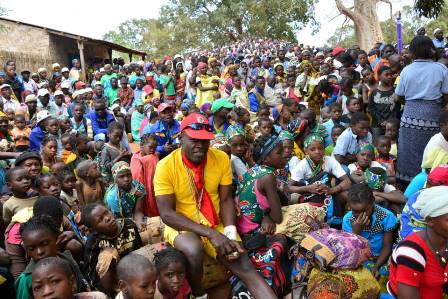
15. Madagascar
Estimated population: 31.2 million
Madagascar has 31 million people. The island nation has experienced political instability and frequent cyclones that exacerbate poverty and food insecurity.
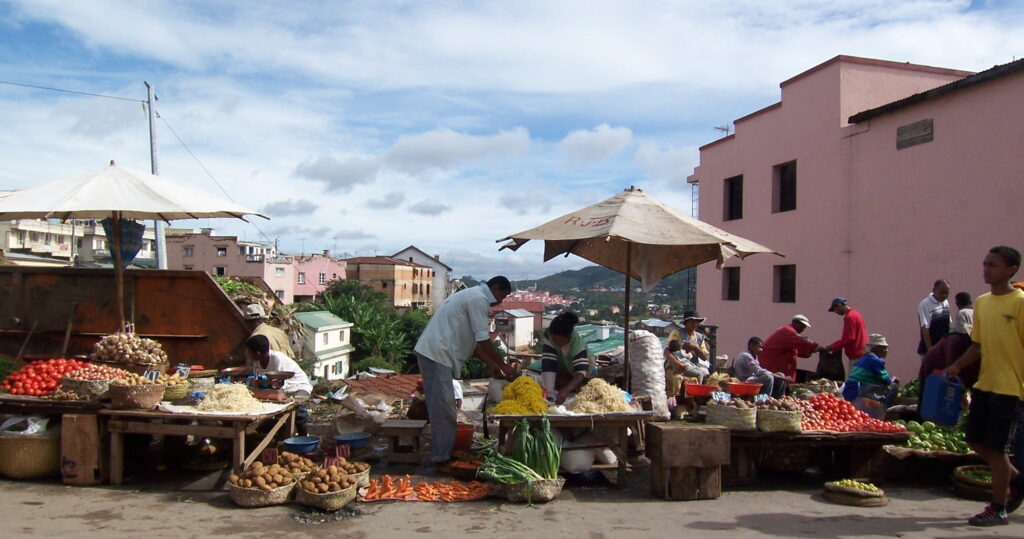
16. Côte d’Ivoire
Estimated population: 31.17 million
Côte d’Ivoire has 31.17 million people. It has enjoyed relative stability since the end of a civil war in 2011, though tensions occasionally resurface around elections.
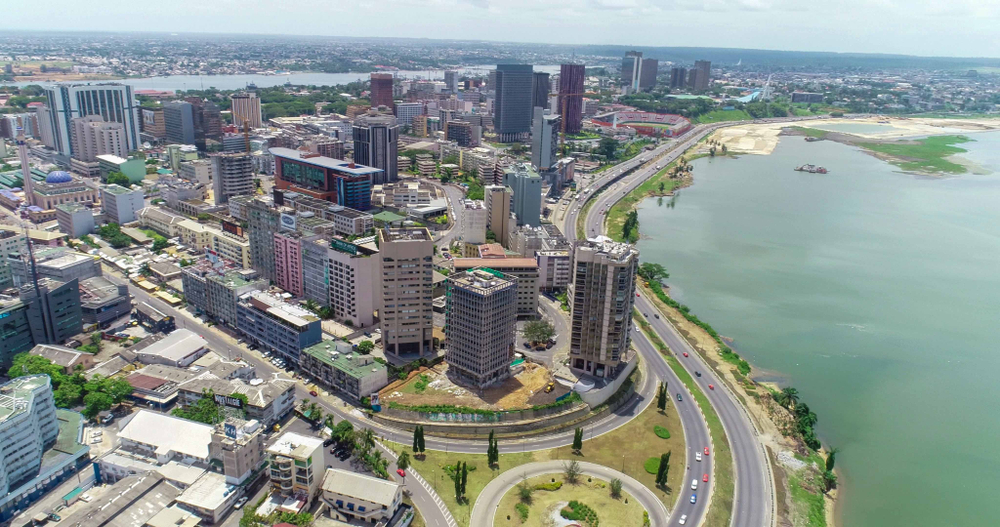
17. Cameroon
Estimated population: 28.37 million
Cameroon is home to 28.37 million people. The country has faced violence from Boko Haram in the north and an armed separatist movement in its Anglophone regions.
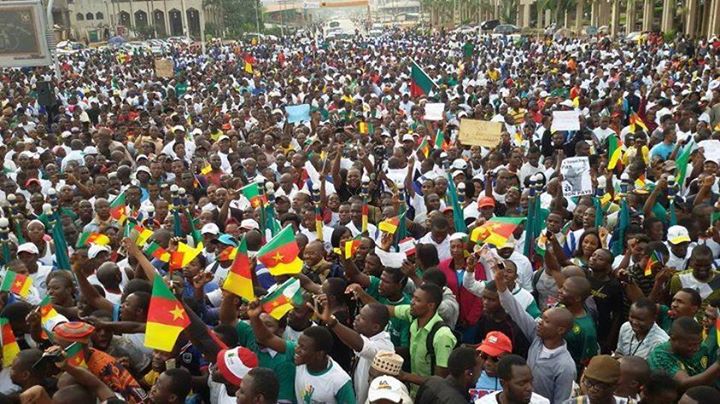
18. Niger
Estimated population: 26.16 million
Niger is home to 26.16 million people. The country struggles with Islamist insurgencies along its borders and faces severe poverty and food insecurity.
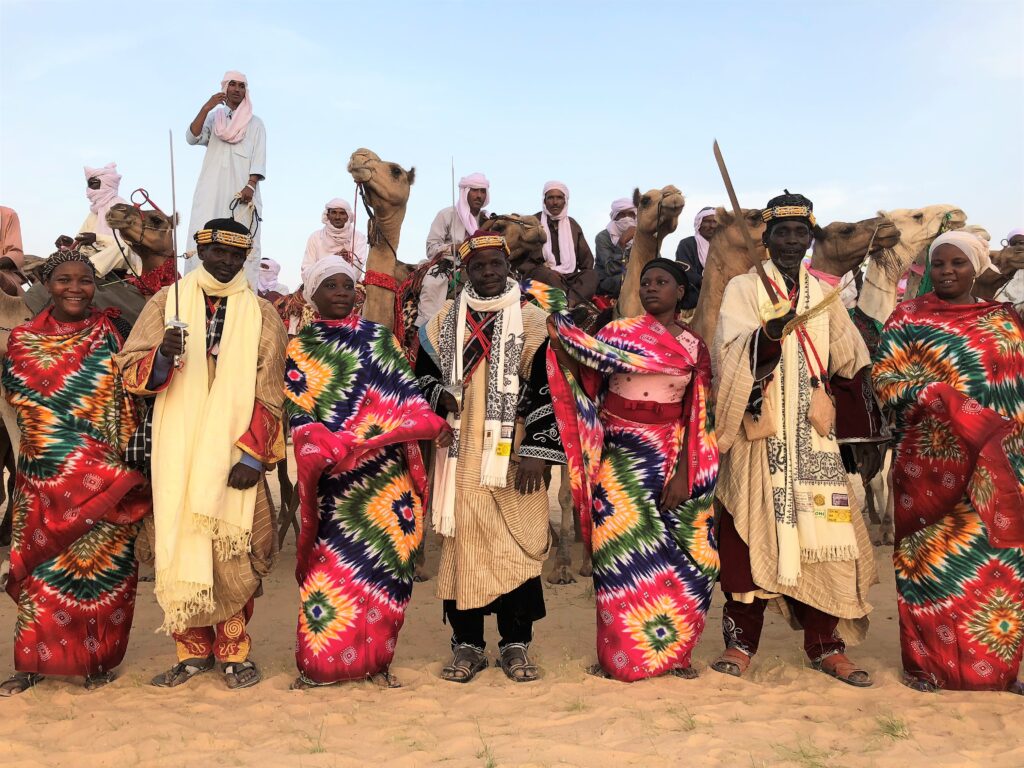
19. Mali
Estimated population: 23.77 million
Mali has 23.77 million people. The nation has faced Islamist militant violence since 2012, despite international military interventions. Political instability remains a challenge.
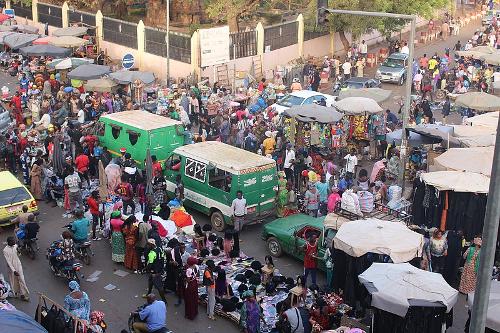
20. Burkina Faso
Estimated population: 23.03 million
Burkina Faso has 23.03 million people. The country has been at the epicenter of a regional jihadist insurgency that has displaced millions and triggered a humanitarian crisis.

21. Malawi
Estimated population: 21.1 million
Malawi is home to 21.1 million people. The country is mostly Christian and is among the world’s poorest nations, grappling with food insecurity and frequent climate shocks.
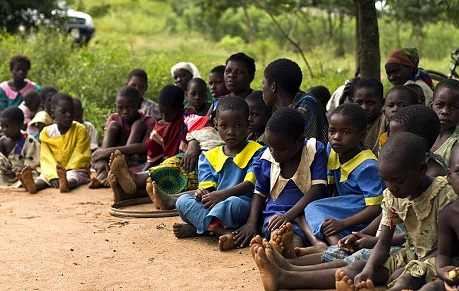
22. Zambia
Estimated population: 20.72 million
Zambia has 20.72 million people. The landlocked country relies heavily on copper exports and has faced economic stress from debt and currency volatility.
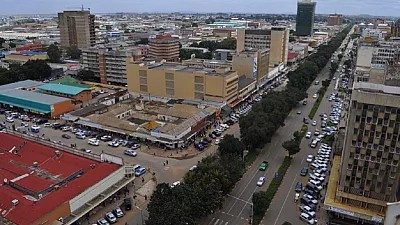
23. Chad
Estimated population: 19.32 million
Chad is home to 19.32 million people. The country faces insecurity from rebel groups and jihadist violence, compounded by poverty and political tensions.
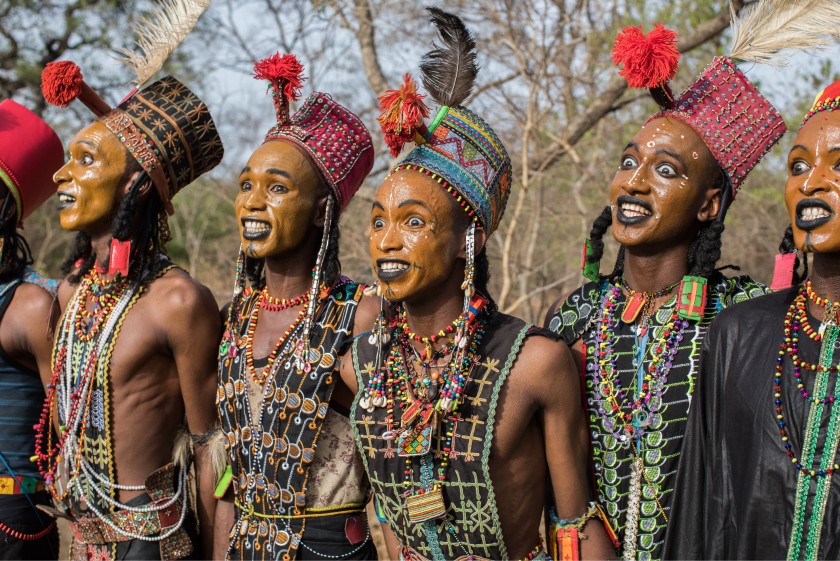
24. Somalia
Estimated population: 18.36 million
Somalia has about 18.36 million people. The country has endured decades of conflict, clan rivalries, and a persistent threat from al-Shabaab militants controlling parts of the south.
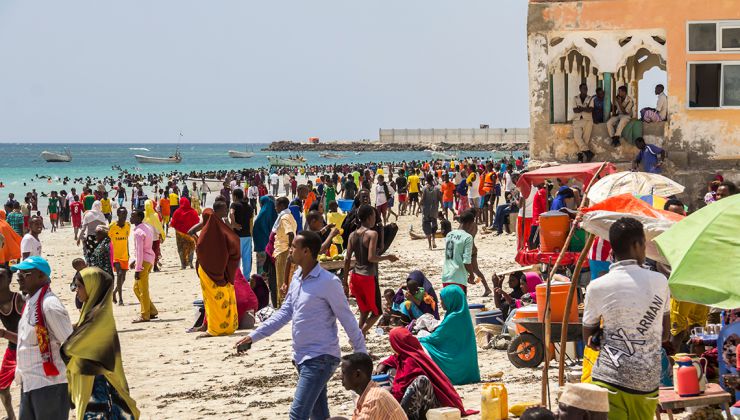
25. Senegal
Estimated population: 18.08 million
Senegal has 18.08 million people, predominantly Muslim. It is considered one of West Africa’s most stable democracies, though youth unemployment remains high.



